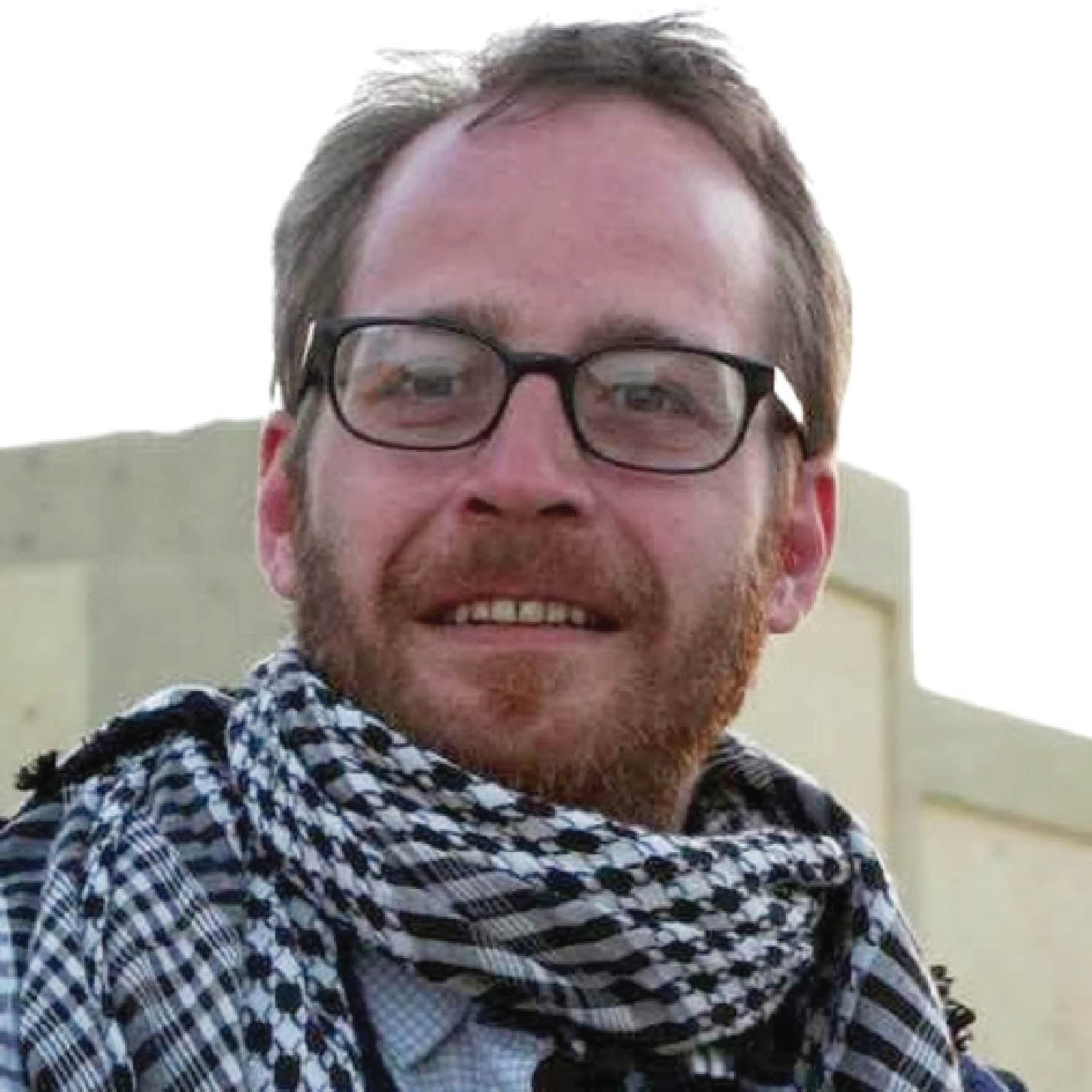Rey Byhre is a Norwegian freelance photojournalist who has lived in Nigeria for about three years. He has photographed landscapes, portraits and the internally displaced, among others in Nigeria and the Africa. He shares his experience capturing these images.
Weekend Magazine: How did you begin photography in Nigeria?
Rey Byhre: I was based in Congo. I have been a photographer more or less since I started around 1993. I started as an apprentice and I’ve had some breaks but I pick it on again few times. In 2011 during Tunisian revolution I was there and captured it all.
WM: You have photographed a lot of crisis and victims of crisis. What is that for you as a photographer capturing these narratives?
Byhre: It is strange. I just want to show, not just the bang bang war, but the civilian side – the true casualties of war. Not the soldiers, the civilians, children, women.
WM: Is it something you deliberately set out to do or did you stumble on it?
Byhre: I think I stumbled upon it.
WM: How did it happen?
Byhre: Well, I was on holiday in Tunisia when the revolution broke out and then I just went on from there photographing. From Tunisia, I spent a couple of years and then I moved to Congo did some work for NGOs.
WM: What for you is memorable about the whole transition of the uprising to where Tunisia is now, as someone who captured it?
Byhre: I think it went very well. There was practically no bloodshed or anything and elections went well. The country is doing well. Although I feel that it is getting a bit conservative again, but all in all, I think it is a good move.
 WM: Something that I noticed with your works were the eyes, they were powerful even behind dark glasses they seem like they would penetrate anybody who is looking at them. Do you set out to portray this?
WM: Something that I noticed with your works were the eyes, they were powerful even behind dark glasses they seem like they would penetrate anybody who is looking at them. Do you set out to portray this?
Byhre: I never stage a photo, I never ask people to pose for a photo. I just take it and then afterwards, I go through them and that’s when I see these features and what is most prominent in them.
WM: There was one, of a woman in Central Africa Republic breastfeeding her baby. Could you tell us about it?
Byhre: The woman in Central African Republic photo, was during the crisis and they were in Bangui, waiting to be evacuated to Chad. They were basically waiting to be loaded into open containers and driven to Chad. I just snapped the picture while they were waiting to board.
WM: Do you feel any personal story or relationship or connection with the people that you capture?
Byhre: Yes. Whenever, even though my memory is bad, when I look at my pictures, I can remember what I had for breakfast that day, who I was with, where it was. I may not have looked at them for ages but as soon as I see my pictures, I remember the whole day and the story behind them.
WM: Why is that?
Byhre: I don’t know. It might be because some of the images are quite horrible. When you have a personal connection to them even though it’s not something I think about daily, as soon as I see these pictures if it’s five years ago, I remember everything about the day.
WM: Are there times when you feel you shouldn’t photograph an image or you feel that if you don’t do it the world will not know that story?
Byhre: Yes, but I will never take advantage of a person to take a photo, I mean you have to be respectful about the photos, the people you photograph. So, I would never take a picture even though it would be a great photo if I feel that I would be exploiting the person.
WM: What has been the most difficult situation to photograph?
Byhre: Libya prospect. It was a very difficult situation. More different and very brutal.
WM: Could you share your experience photographing in Nigeria?
Byhre: Lagos is very difficult. In the north there is a restricted way it can go. It is difficult to work with the military around, you know there is restriction to what you can do and whatever and of course it is difficult to move around that much. But all in all, good.
WM: What’s your favorite part of Nigeria to photograph?
Byhre: Let’s say it’s between Rivers and Borno.
WM: Why is that?
Byhre: I find it fascinating in the south. It is a combination of the pollution and nature which is really terrible. In Borno, I just find the people incredible and friendly. I have photographed different stories around the country. I can’t remember everything, but it’s been different new subjects around the country.
WM: When you decided to participate in the exhibition, ‘Photo Catalysis,’ in selecting the images what were you looking out for? What did you want the audience to see?
Byhre: Well, it said from the archives, so I had to go through my archives and I just picked pictures that had a story for me, that were personal to me. They were from different areas and places.
WM: Do you also write from the experiences where you capture images, do you also put to text some of the things?
Byhre: No, I usually work with journalists for an agency and I just write a caption for the photograph.
WM: Do you think there will be sometime when you will feel compelled to writing stories behind some of your images.
Byhre: Yes, possibly.

 Join Daily Trust WhatsApp Community For Quick Access To News and Happenings Around You.
Join Daily Trust WhatsApp Community For Quick Access To News and Happenings Around You.


